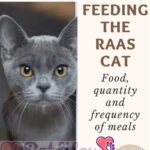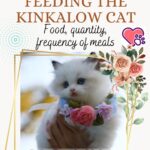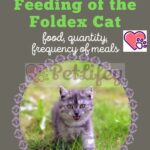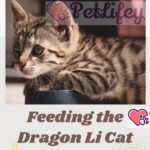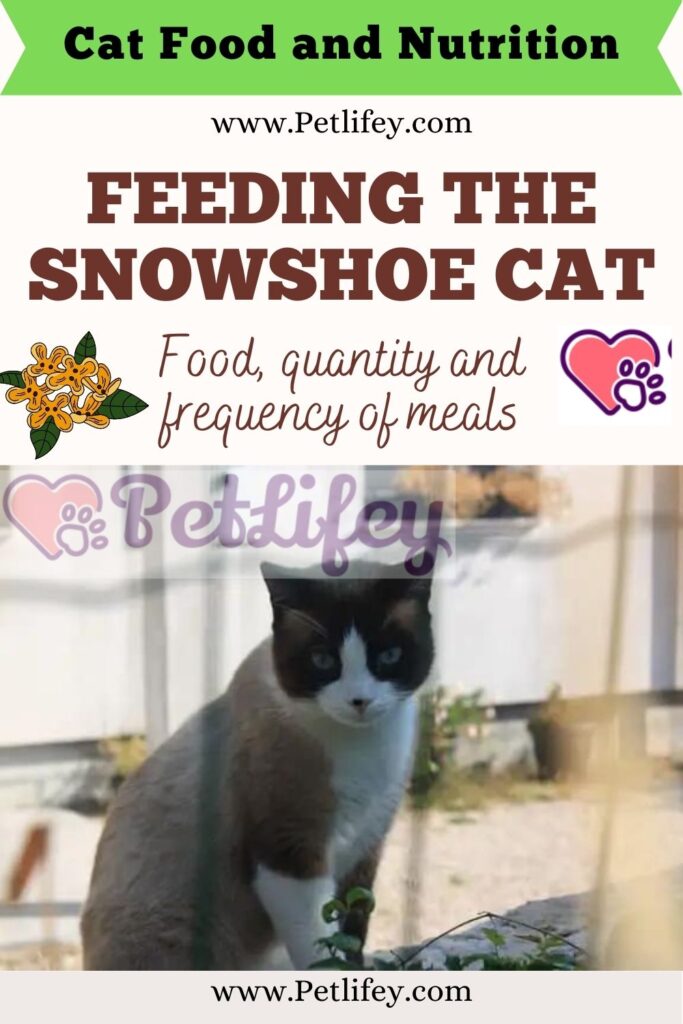
What nutrients can not miss in the perfect nutrition for the Snowshoe? Let’s find out everything there is to know about it.
The Showshoe is a furry dog with a robust physique and a notable appetite. How much food should he eat per day, and at what time of the day? Let’s answer this and other questions to find the ideal nutrition for the Snowshoe.
Feeding the Snowshoe: doses and frequency of meals
Let’s open our article dedicated to feeding the Snowshoe by answering a first and important question: how much food should the cat consume every day?
This is not an easy question to answer. In fact, a lot depends on the characteristics strictly related to the four legs, such as age, health conditions and lifestyle.
For this, the ideal would be to contact the veterinarian to plan together a diet suitable for the furry dog.
In general, however, the daily dose of wet food corresponds to 40 grams for each kg of the cat’s weight.
It will be enough to divide this figure by 3 to find the quantity of kibble to be allocated to the cat.
What is the ideal time of day to feed the Snowshoe?
We can decide to do it twice a day, in the morning and in the evening. Or, it is possible to divide the four-legged food ration into small portions, to be given to him at regular intervals to keep his energy levels constant.
What to feed the cat
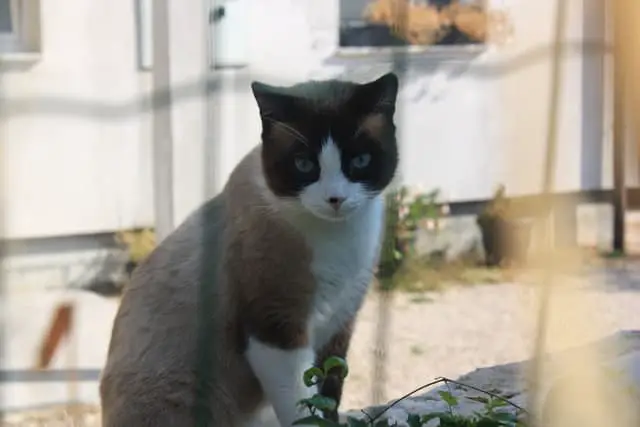
What foods can not miss in the perfect nutrition for the Snowshoe?
Of course, meat and fish. Like any other domestic feline, in fact, this cat is an obligate carnivore.
From animal proteins, the cat draws essential nutrients for its well-being, which its body is unable to produce independently.
These are substances such as thiamine, niacin and cobalamin. These important B vitamins allow for regular functioning of the immune and nervous systems.
Homemade or industrial feeding for the Snowshoe
If you are wondering whether it is preferable to opt for a homemade or an industrial diet for the Snowshoe, know that the answer depends on your needs.
In fact, the first method requires time and energy available, since it is necessary to purchase the raw materials that will be used in the preparation of the cat’s meals, and then cook them.
The benefits of this type of food plan are numerous: we will have the opportunity to prefer the quality and freshness of the ingredients, also choosing the healthiest cooking methods.
It is essential, however, to ask for the help of the veterinarian: the home-made diet would risk not providing the cat with all the nutrients it needs.
This, in turn, could cause the onset of nutritional deficiencies and pathologies in the furry dog.
Industrial feeding for the feline, on the other hand, involves the simple use of ready-made meals, purchased on supermarket shelves.
Even in this case, however, it is essential to make sure of the quality of the chosen product, by looking at the nutritional table and the ingredients shown on the back of the package.

